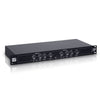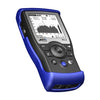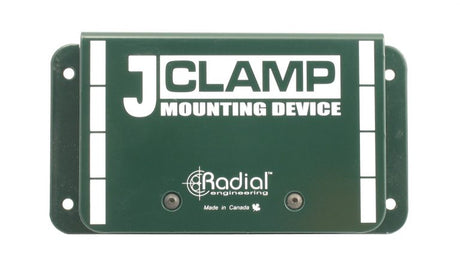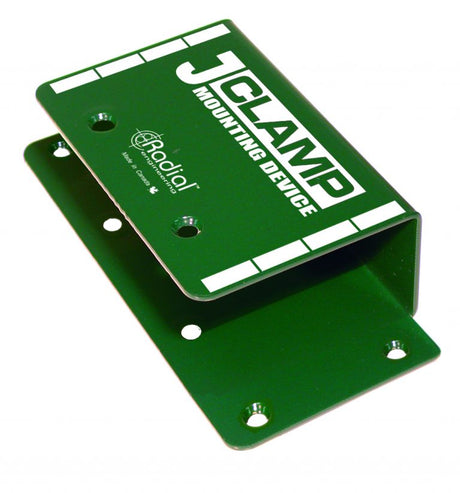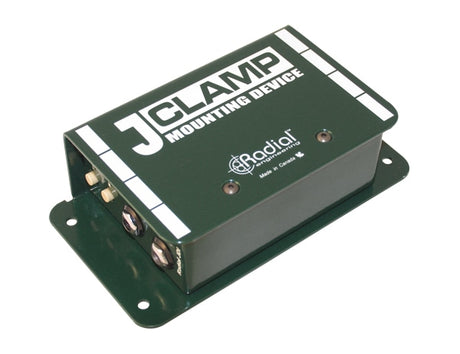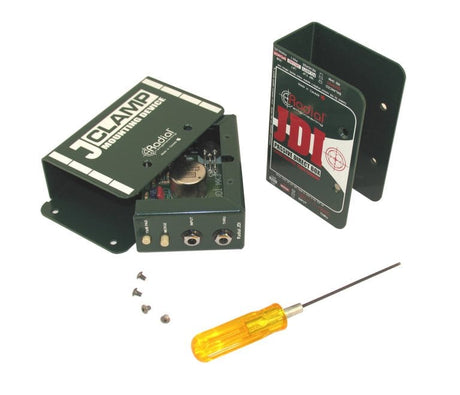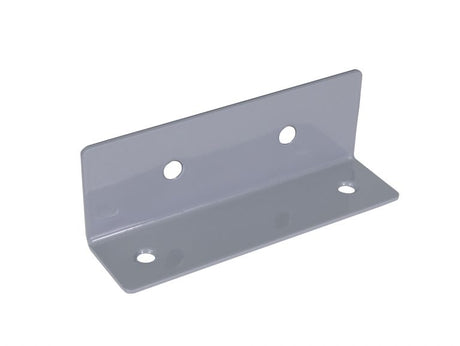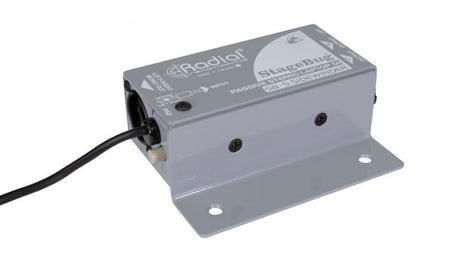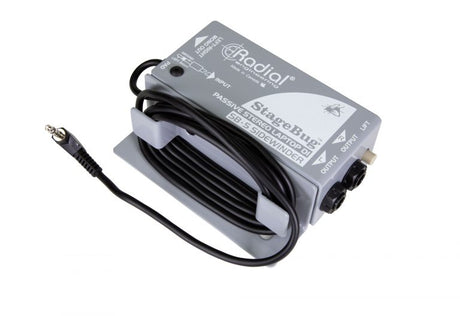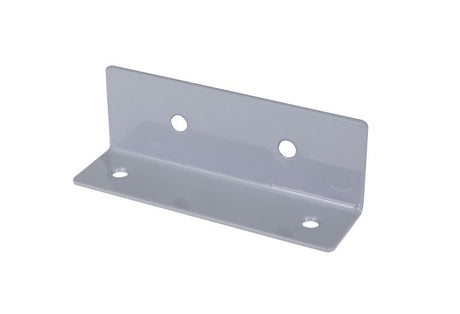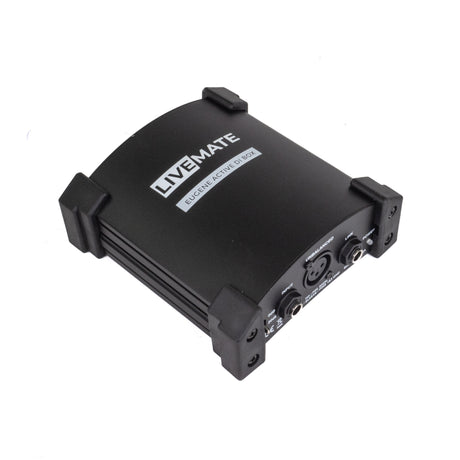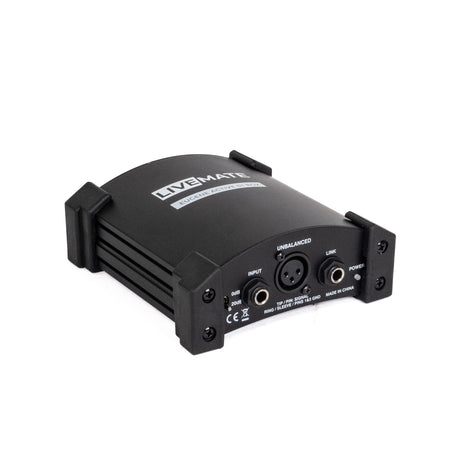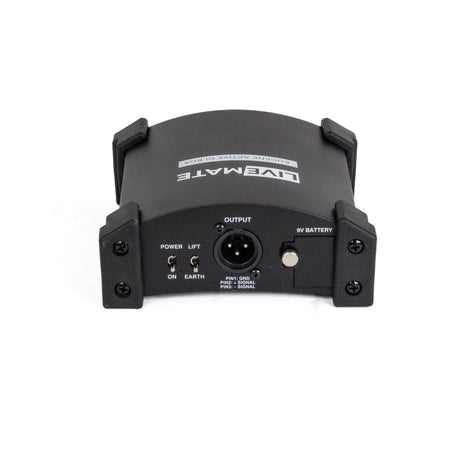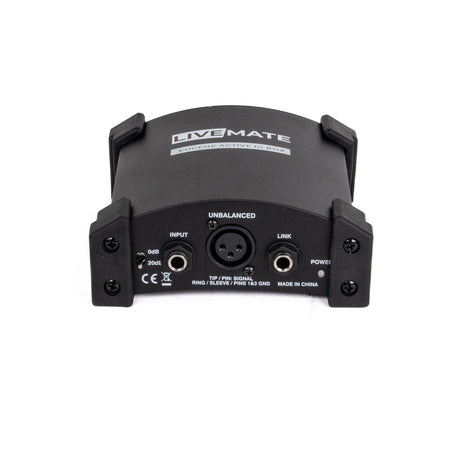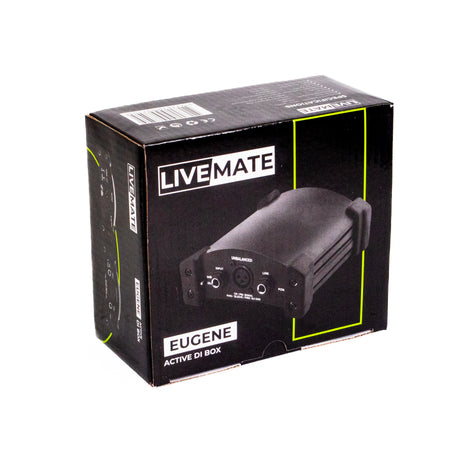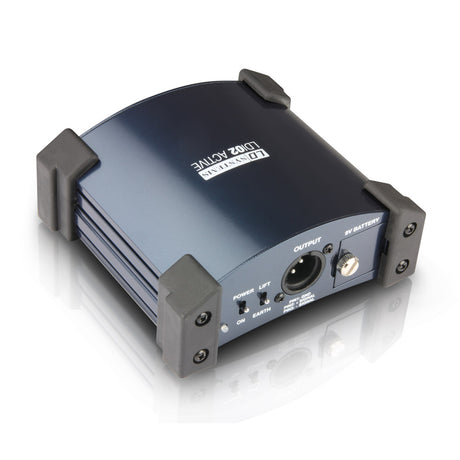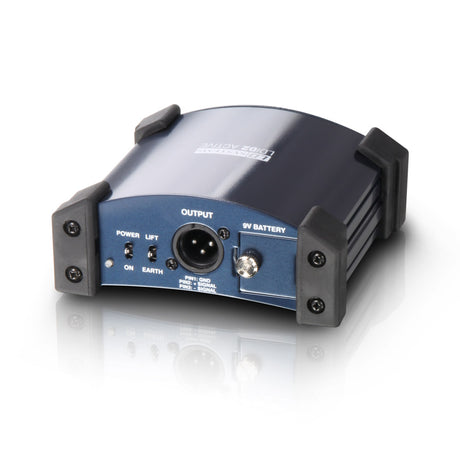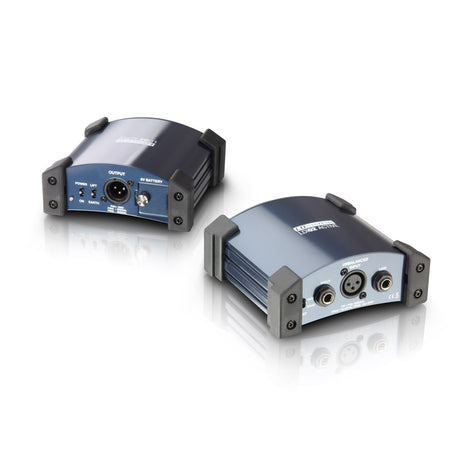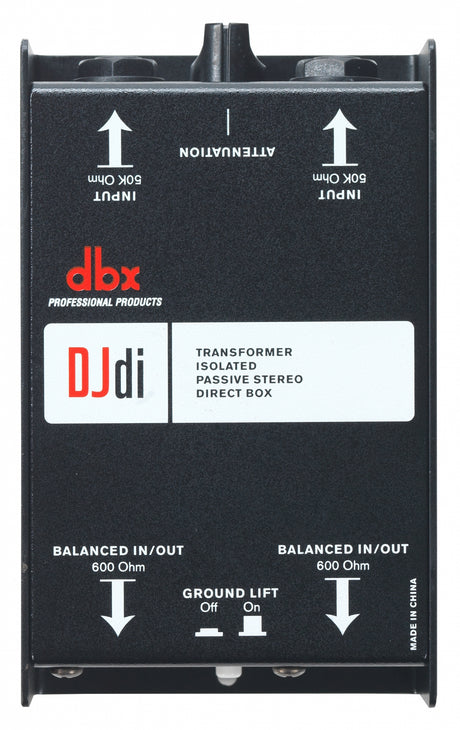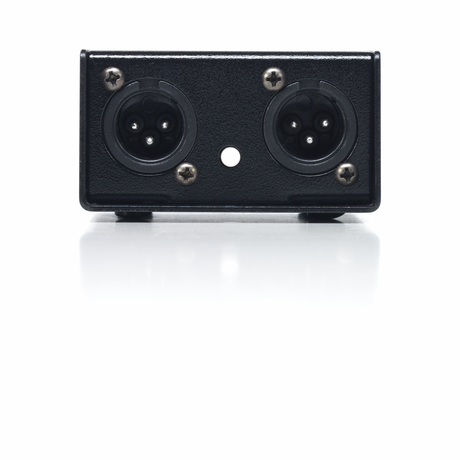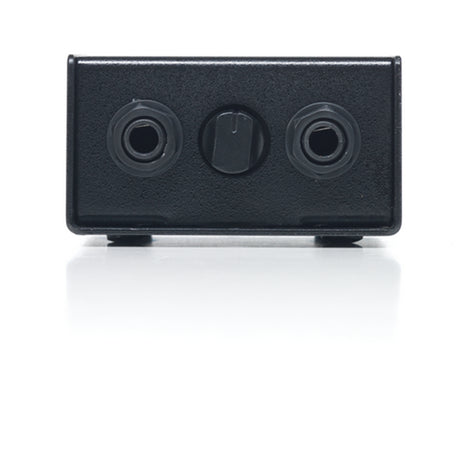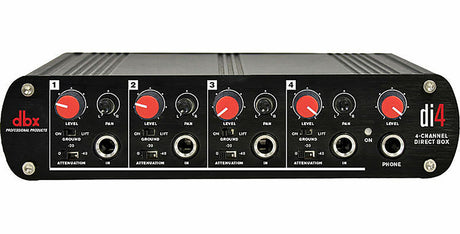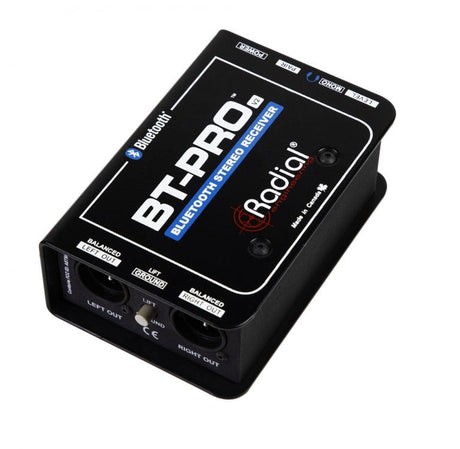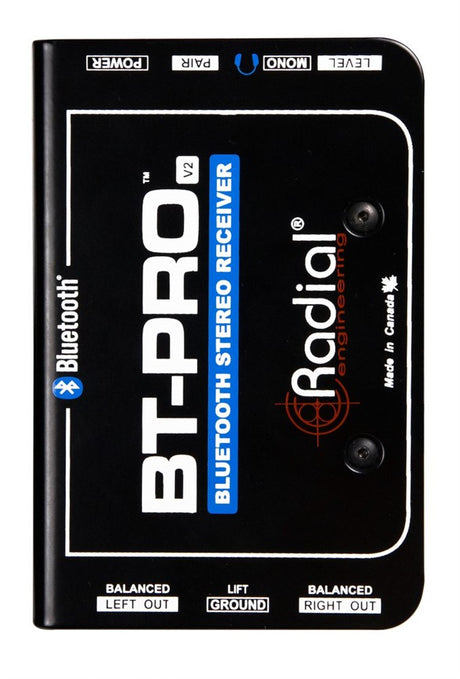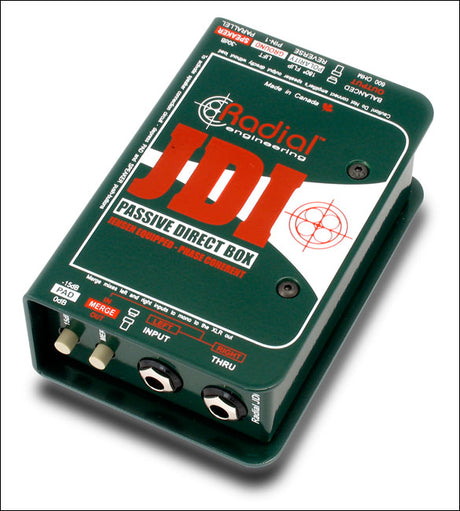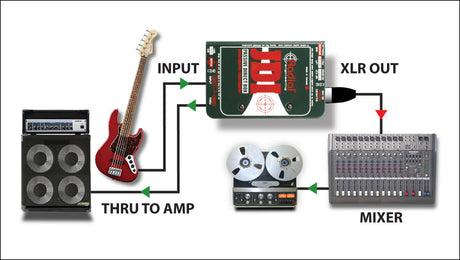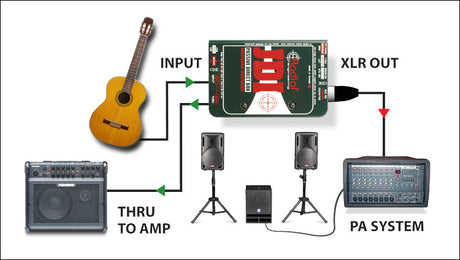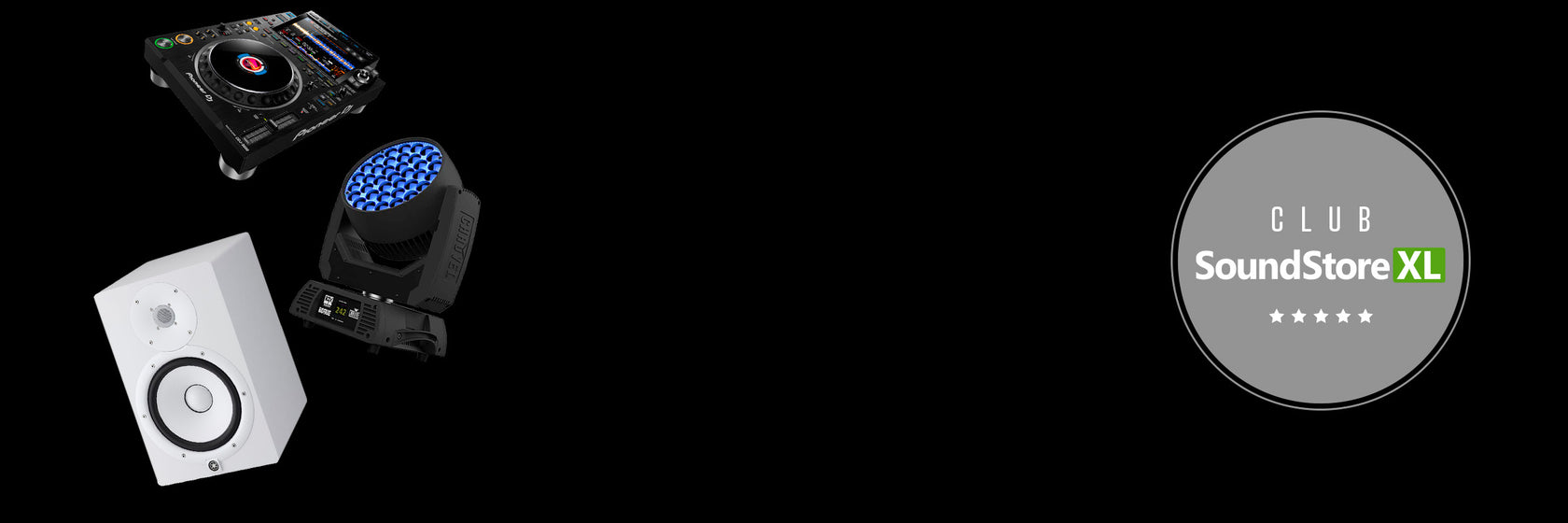Cajas DI
(8 productos)


- €21,00 descuento
- €12,00 descuento
LD Systems LDI 02 Active DI Boks
Artículo bajo pedido Entrega estimada en: 9 días laborables€56,00Precio por unidad /No disponible- €3,00 descuento
dbx DJDI 2-channel passive DI box
Artículo bajo pedido Entrega estimada en: 10 días laborables€50,00€53,00Precio por unidad /No disponible dbx DI4 4-channel DI box / line mixer
Artículo bajo pedido Entrega estimada en: 10 días laborables€149,00Precio por unidad /No disponible- Agotado€81,00 descuento€320,00
€401,00Precio por unidad /No disponible - Agotado€40,00 descuento€245,00
€285,00Precio por unidad /No disponible
Read about Cajas DI
Read about Cajas DI
DI box / Line driver
The purpose of a DI box or line driver is to take a high-impedance, unbalanced signal and convert it into a low-impedance, balanced signal (line signal).
DI is an abbreviation for "direct input" or "direct inject" and you can connect the output signal from the box directly into a mixer or other equipment
that requires a low-impedance balanced signal.
The box makes it possible to send signals over long distances with significantly less signal loss and less noise.
Application
A DI box can be used in the studio when you want to record an instrument, e.g. a guitar or keyboard from the amplifier's output without using a microphone.
The signal is sent directly into the mixer or to the line in on the sound card, so you can record directly from the source.
In live situations, the line driver is often used to ensure that the signal arrives without loss of high frequencies, prevent radio noise and challenges
with electromagnetism when using lighting systems.
Active or passive?
The passive DI box is designed to do one thing; convert the signal from one type (Hi-Z) to another (Lo-Z).
The active DI box has a built-in preamplifier and therefore delivers a stronger output signal than the passive DI box.
The active box often has built-in +48 V phantom power for e.g. condenser microphones. Condenser microphones.
Active DI boxes need a power supply, either from batteries or a transformer.

